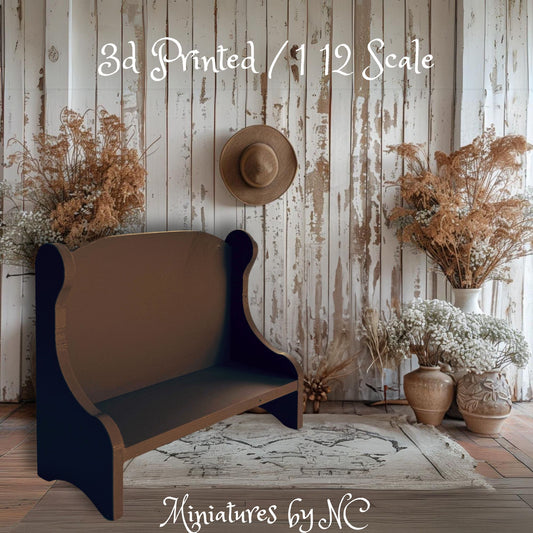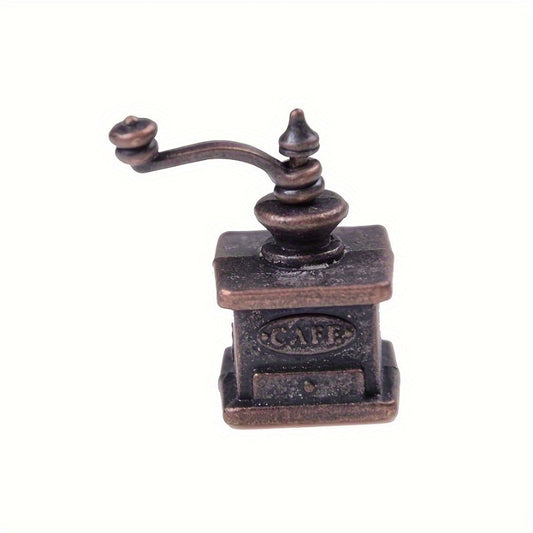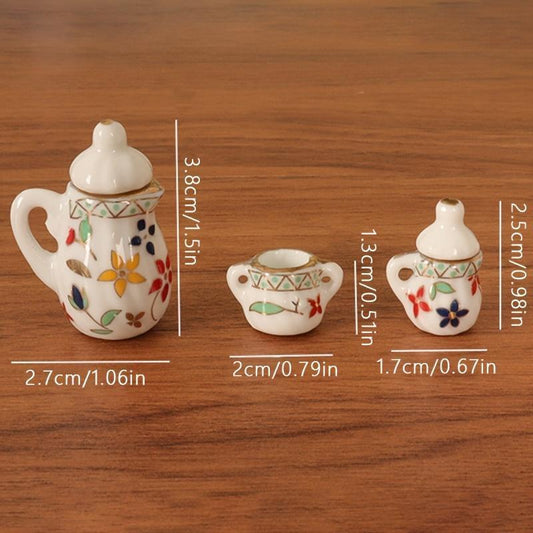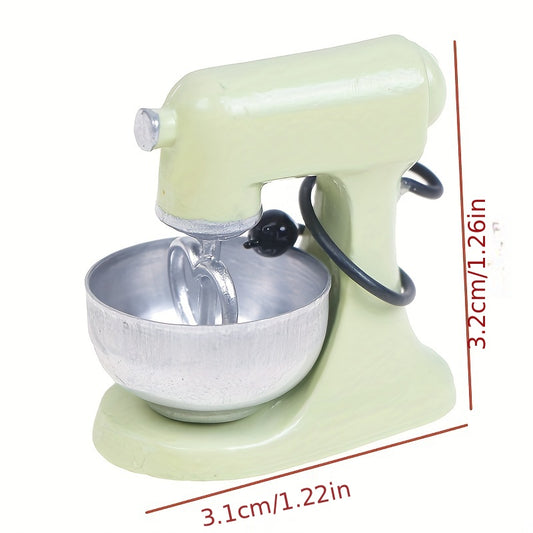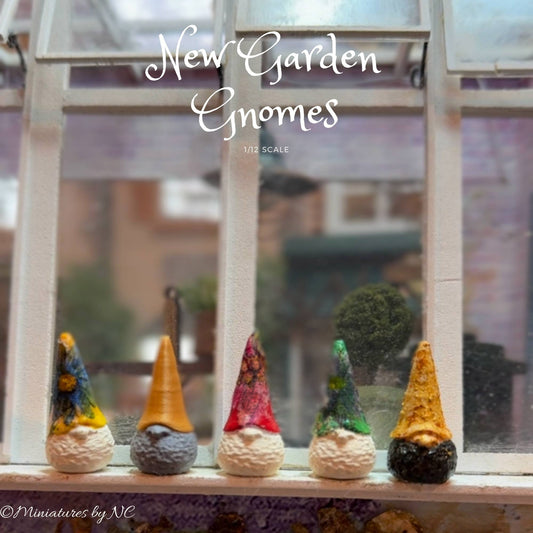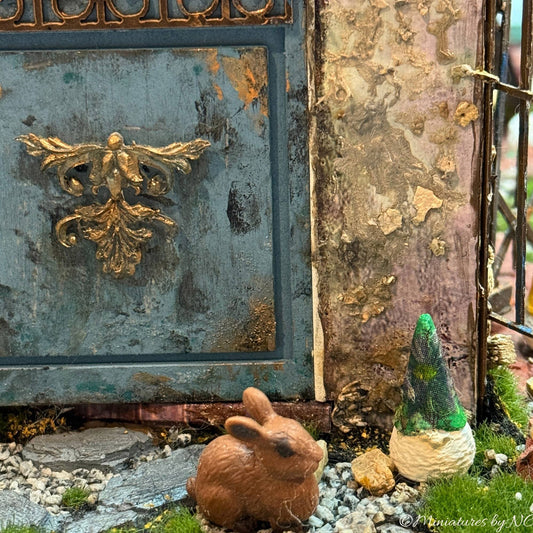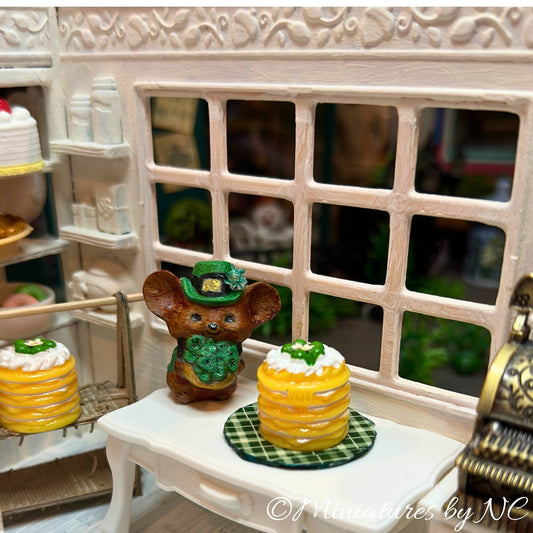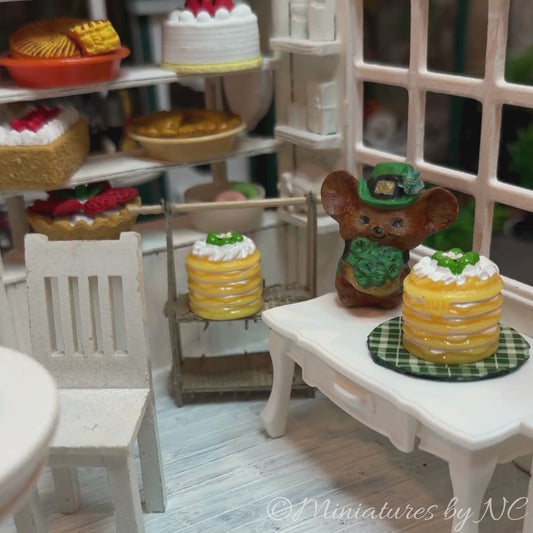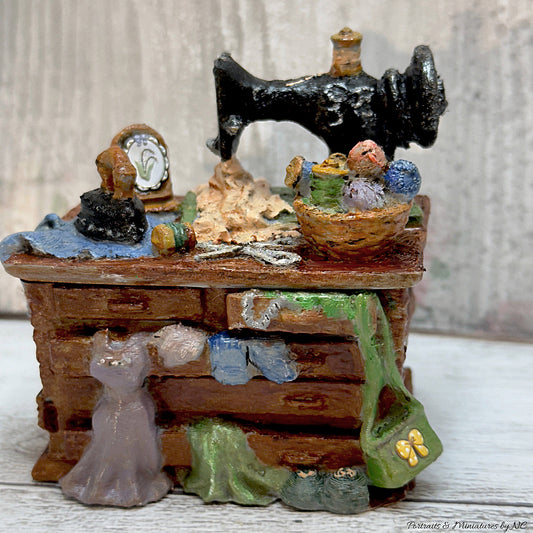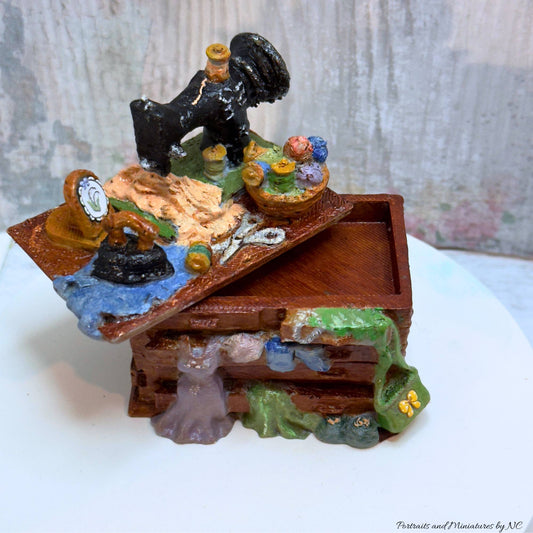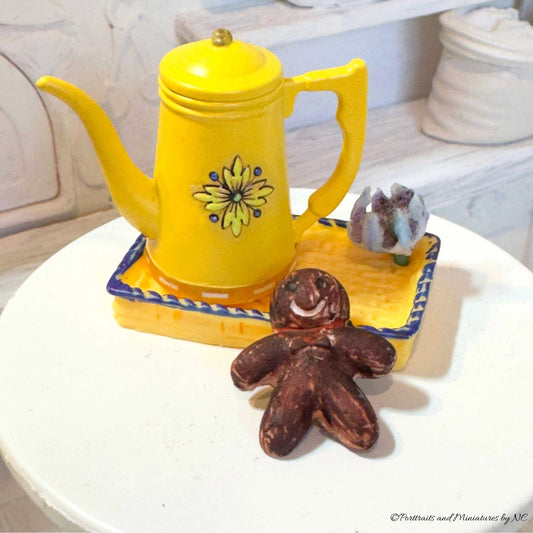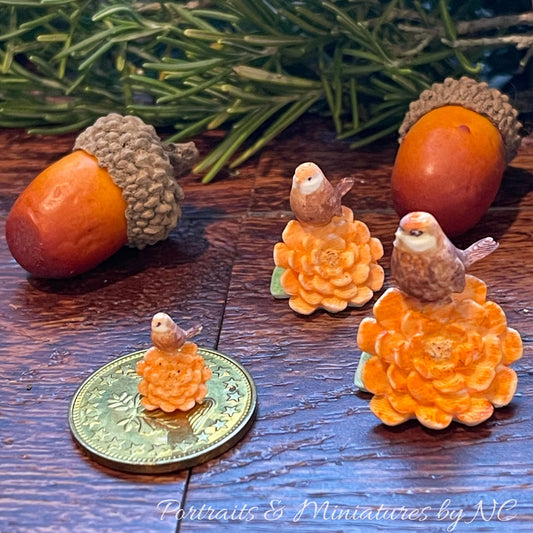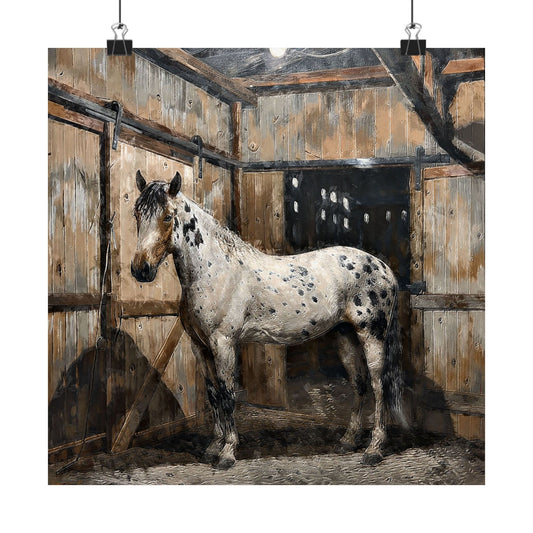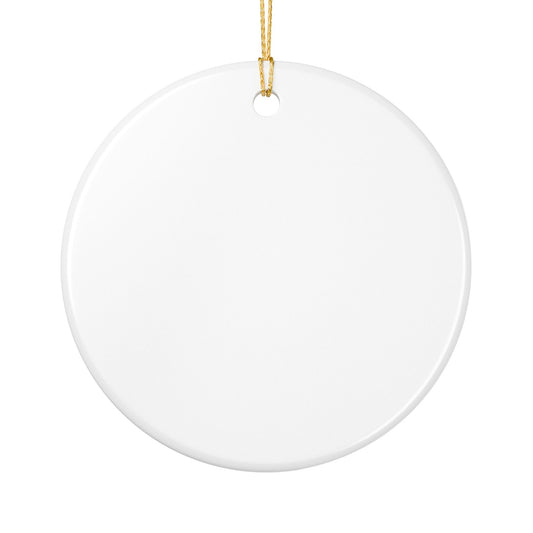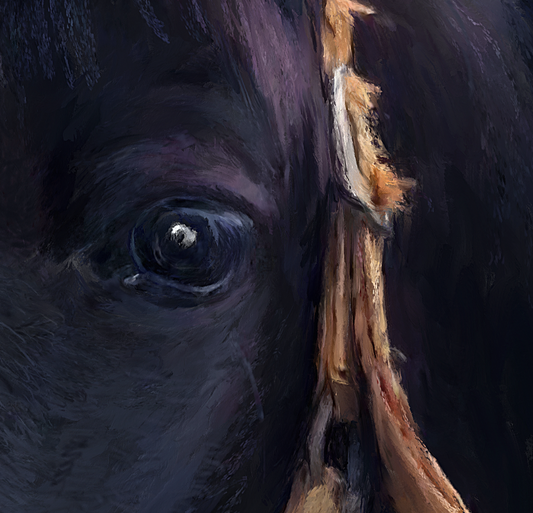Gustavian Miniature Mantel Clock - Diy Dollhouse Clock Kit

Have you ever wondered about the origins of the GUSTAVIAN mantel clock? In this blog post, we will delve into the rich history of this iconic timepiece and explore its significance in the world of horology.

What is a GUSTAVIAN mantel clock?
A GUSTAVIAN mantel clock is a type of clock that originated in Sweden during the late 18th century. It is characterized by its elegant design, featuring intricate carvings, delicate details, and a distinct neoclassical style.

Who was Gustav III?
The GUSTAVIAN mantel clock is named after King Gustav III of Sweden, who reigned from 1771 to 1792. King Gustav III was a patron of the arts and played a significant role in promoting the neoclassical style in Sweden. The clock became popular during his reign and was often found in the homes of the Swedish aristocracy.
The influence of French design
The GUSTAVIAN mantel clock was heavily influenced by French design, particularly the Louis XVI style. During the 18th century, French culture and aesthetics had a profound impact on European art and design, and Sweden was no exception. Clockmakers in Sweden incorporated elements of French design into their creations, resulting in the unique style of the GUSTAVIAN mantel clock.
The craftsmanship behind the GUSTAVIAN mantel clock
One of the defining features of the GUSTAVIAN mantel clock is its exceptional craftsmanship. Skilled artisans meticulously carved the clock cases from high-quality wood, such as mahogany or oak. The carvings often depicted classical motifs, such as laurel wreaths, urns, and swags.
The clock dials were typically made of enamel or porcelain and featured Roman numerals. The hands of the clock were intricately crafted from brass or steel, adding to the overall elegance of the timepiece.
The enduring legacy
Despite being created over two centuries ago, the GUSTAVIAN mantel clock continues to captivate collectors and enthusiasts alike. Its timeless design and exquisite craftsmanship have made it a sought-after piece in the world of antique clocks.
Today, you can find GUSTAVIAN mantel clocks in museums, private collections, and even in some modern homes. They serve as a reminder of the rich history of horology and the enduring beauty of neoclassical design.
In conclusion
The GUSTAVIAN mantel clock is not just a timekeeping device; it is a work of art. Its history, influenced by the neoclassical movement and French design, has left a lasting impact on the world of horology. Whether you are a clock enthusiast or simply appreciate the beauty of finely crafted objects, the GUSTAVIAN mantel clock is sure to fascinate and inspire.

Gustavian Miniature Mantel Clock
This brings me to my small 1:12 scale Gustavian Miniature Clock. This clock is made out of wood and hand painted in white. Small embellishments in yellow and blue are meant to replicate the delicate embellishments of that era.





















